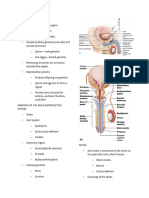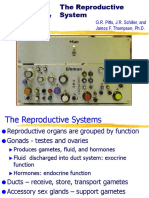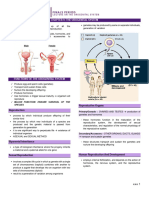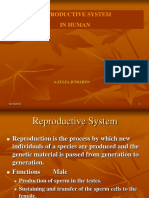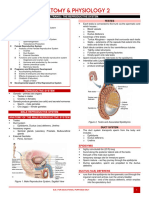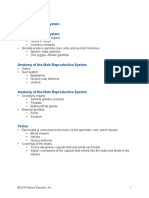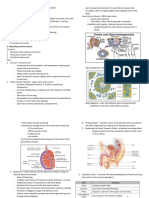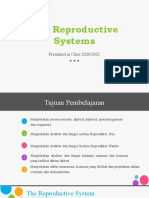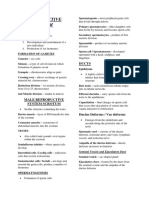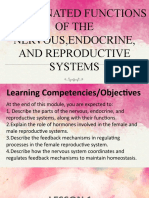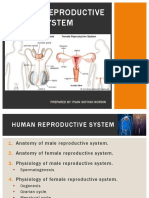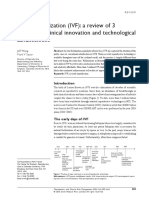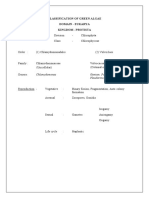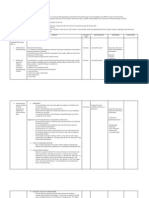0% found this document useful (0 votes)
91 views17 pagesMale and Female Reproductive Systems
The document discusses the male and female reproductive systems. It describes the key organs in each system, including the testes, ovaries, duct systems, and external genitalia. It explains the processes of sperm and egg production, as well as fertilization. The female uterus provides an environment for embryo development until birth. Learning objectives cover identifying reproductive structures, their functions, and hormonal influences on the systems.
Uploaded by
PATRICIA KAYE RIOCopyright
© © All Rights Reserved
We take content rights seriously. If you suspect this is your content, claim it here.
Available Formats
Download as DOCX, PDF, TXT or read online on Scribd
0% found this document useful (0 votes)
91 views17 pagesMale and Female Reproductive Systems
The document discusses the male and female reproductive systems. It describes the key organs in each system, including the testes, ovaries, duct systems, and external genitalia. It explains the processes of sperm and egg production, as well as fertilization. The female uterus provides an environment for embryo development until birth. Learning objectives cover identifying reproductive structures, their functions, and hormonal influences on the systems.
Uploaded by
PATRICIA KAYE RIOCopyright
© © All Rights Reserved
We take content rights seriously. If you suspect this is your content, claim it here.
Available Formats
Download as DOCX, PDF, TXT or read online on Scribd
/ 17






